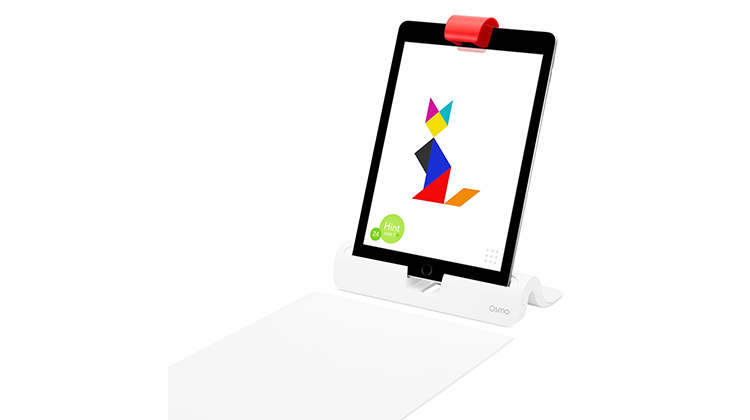Using tech to make maths fun

Effective teachers are using technology in creative ways to help student engagement with maths.
Teachers using technology like learning management software to keep track of students’ progress and set personalised tasks, collaborative classroom apps that allow students to work together and share their work with the group, and even educational video games that demonstrate mathematical concepts in an engaging way have reported that it helps students’ interest in maths.
Associate Professor Catherine Attard and Professor Kathryn Holmes of Western Sydney University’s article, It gives you that sense of hope’: An exploration of technology use to mediate student engagement with mathematics, drew on case studies of 10 teachers who were recognised by their peers as exemplary users of technology, aiming to identify how they have taken advantage of new technologies in their classrooms.
Student focus groups indicated that pupils found these types of approaches beneficial, with many students who have struggled with maths improving their results.
One student, whose classroom was featured in the study, said of their teacher’s approach, “I never really liked maths, growing up I always found it really hard and I could never think in that way. But in the past year I have been able to understand it a bit more just through this way of teaching.”
The researchers examine the practices of teachers through the lens of the Framework for engagement with mathematics (FEM), a tool which identifies the key elements of a successful and engaging mathematics classroom.
These elements include challenging tasks, relevance of the mathematical concepts to the students’ daily lives, and letting students choose how they complete work.
An example of a task that illustrates the FEM’s requirements is the 'driverless car' lesson employed by a teacher from the study. This lesson tasks students to create a map of a route they know from their daily lives, and program a small Sphero robotic ball to travel that route.
Further examples of the types of technological aids used by teachers include educational video games that frame mathematics problems and concepts in a colourful way based on storytelling, reminiscent of many popular mainstream video games.
The teachers in the study were careful to only use technology where it was beneficial to learning, appropriate and relevant to engaging students with specific maths concepts.
Teachers should look to use a range of technological tools in their classrooms, as it will enable new ways of learning and engaging with mathematical concepts not provided by more traditional approaches.
“Unlike traditional textbooks, mobile devices provide opportunities for new types of teaching and learning interactions, they provide new ways of capturing student work samples, providing instruction and feedback, and fostering communication that extends beyond the classroom,” Attard said.
Attard and Holmes attribute the success of technology-enhanced mathematics teaching to factors such as the ability to tailor teaching to individuals, rather than a one size fits all.
“A critical contributing factor to the engagement of students was the ways in which technology enabled learning to extend beyond the classroom and extended opportunities for communication, collaboration, and exploration and nuanced ways in which technology-related teacher practices promote engagement is critical if educators are to maximise the benefits to teachers and students offered by current and emerging technologies.”